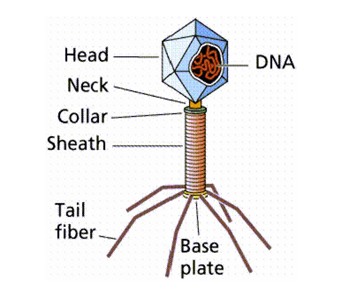The CNIO (Centro Nacional de Investigaciones Oncológicas) has found a new possible pharmacological target against one of the most important and evasive oncogene: c-MYC
The MYC oncogene is related to many types of cancer, some of which are very aggressive. For this reason, researchers suspect that controlling its activity would be the key for new treatments. Unfortunately, research in this oncogene are stuck, since MYC is very resistant to therapeutic manipulation.
Looking for possible indirect solutions, Spanish researchers had identified a protein that is essential for MYC to cause cancer in mouse models: a new possible target for future anti-cancer drugs.
More about MYC:
- Is one of the main proteins that regulate gene expression in cells
- Most of regulating proteins act on <1% of the genes in the genome
- MYC regulates + 15% (2.000-3.000 genes)!!
- Intervenes in many cellular functions:
- Cellular growth
- Proliferation
- Differentiation
- Apoptosis
What's more, the head of the CNIO's Epithelial Carcinogenesis Group has also said "MYC is really a general controller of cell activity; it is one of the few genes, that if eliminated, makes cells unviable"
- When deregulated, it promotes the formation of multiple types of cancer:
- Pancreas
- Colon
- Ovary
- Lymphomas
- It is altered in >50% of human cancers. And often associated with very aggressive tumors -> reason for being targeted
The identified gene is called BPTF. When BPTF becomes inactive, cells do not grow, so it's a potentially important gene in cancer. This has also been explained in the published article by the researchers: "we saw that when we perturbed the function of BPTF, this affected many genes that are known to depend on MYC; this led us to think that MYC needs BPTF for tis biological functions". Indeed, in a mouse model of pancreatic cancer dependent on MYC they have showed that by inhibiting the action of BPTF, the aggressiveness of the tumors is reduced.
If you're interested in this study and you want to know more details, I give you the URL where you can found the entire article published 5th January 2016 in Nature Communications:



